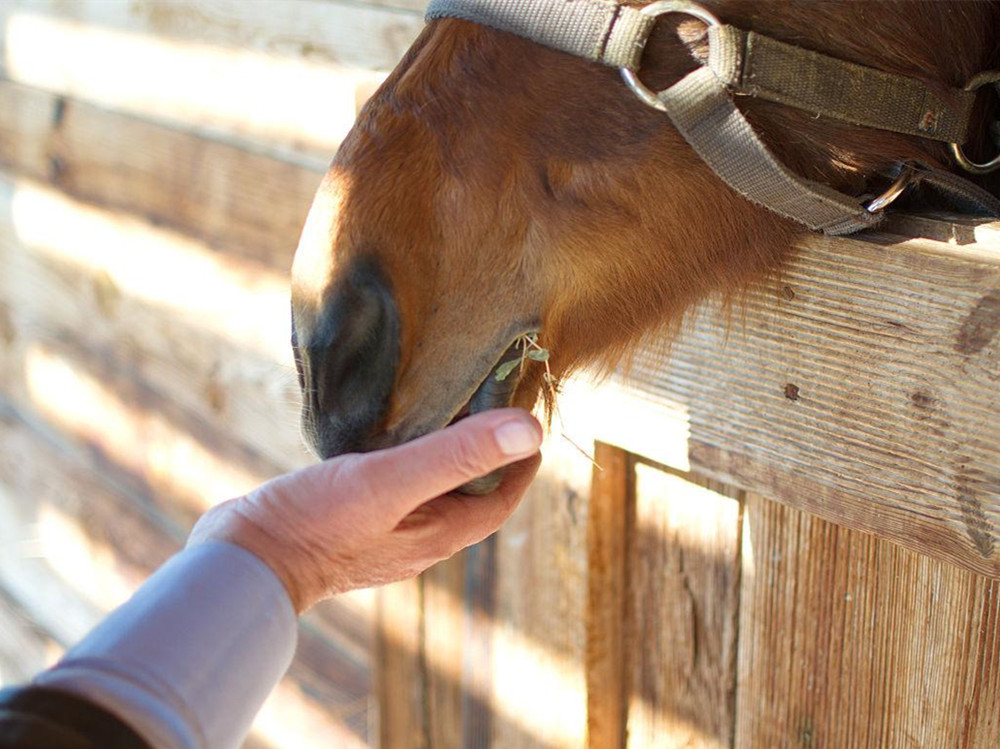At present, more and more feed enterprises and producers use yucca schidigera extracts to replace the antibiotic rumen, why do they do this? Comparing the benefits of Rumensin and Yucca Schidigera extracts is important in understanding the difference between them. Generally, you can use the former to control lactic acid levels, while the latter is a good choice for reducing subacute rumen acidosis. Both are effective for enhancing feed efficiency and reducing dry matter per pound of milk. If you’re considering using them to treat your dairy herd, make sure you understand the differences between each of these products. Let’s talk about the difference between them here today.
What’s Rumensin?
Rumensin(Rumen), also known as Monensin, is the most widely used polyether ion-carrier antibiotic for livestock and poultry in this field. It was originally secreted by Streptomyces Cinnamones bacterium and is the only ruminant feed additive allowed in the EU. It functions by shifting ions across the cell membrane, can control the proportion of volatile fatty acids in the rumen and reduces the growth of bacteria and improves milk fat. The molecular formula is C36H61O11 and the molecular weight is 670.
In the U.S., Rumensin has been approved for use in component feeding systems for lactating and dry cows. It is available in powder form for top dressing, and can also be used in partial TMR systems and electronic feeders. It can be fed at rates of 185 mg to 660 mg per day for lactating cows, and 115 to 410 mg per day for dry cows. Rumensin is a naturally occurring ionophore and can be classified as an antibiotic. It is produced by the Strep cinnamonensis bacterium.
In Canada, a study of 95 dairy herds concluded that Rumensin was more effective than Yucconin(Yucca Schidigera Extracts) in improving milk quality. The results showed that rumensin significantly improved milk quality and BCS impact. While the dosages vary widely, Rumensin is approved for use in component feed. It is legal for component-fed herds. You can also use the two together in step-up programs.
The amount of Rumensin for lactating cows is usually between 11 and 22 grams per ton of dry matter. For this purpose, managers typically add 250 to 300 mg per cow every day. In addition, to milk fat levels, the amount of Rumensin is beneficial for the health of the rumen. During the step-up program, the amount of Rumensin in the milk can be reduced without affecting the cows’ rumen fermentation. For dry cows, the rumen ferments more slowly and is not detrimental to the dairy herd.
What’s Yucca extract?
Yucca extract is a natural plant extract that reduces ammonia concentration and methane emissions. Many studies have reported that yucca extract is a urease inhibitor. It has been proved that yucca extract can significantly inhibit urease activity, reduce protein and non-protein nitrogen decomposition, reduce ammonia concentration and pH value in the rumen, and enable rumen microorganisms to make full use of nitrogen sources to synthesize nutrients needed by the body to promote growth. At the same time, it can also avoid rumen acidosis or death caused by instantaneous high rumen ammonia.
Adding yucca extract (Yucca Saponins) into the feed can reduce the yield of CO2 and CH4, increase the amount of cell protein production, and improve the feed conversion efficiency; After 24h in vitro fermentation, ammonia concentration decreased by 30% and protozoa number decreased by 63%. It was found that yucca extract significantly reduced methane production and environmental pollution caused by greenhouse gas in artificial rumen experiments of dairy cows. This is why many ruminant companies and farmers consider replacing rumen with yucca extract.
A recent study showed that the efficacy of Rumensin was shown to be superior. Both compounds were found to reduce milk fat levels. The most effective ingredient was Yucconin, which reduced body fat by 0.7 percent. This herb reduces the number of harmful bacteria in the rumen and can improve milk quality. The dosage of Rumensin, on the other hand, decreased milk fat by 1.75%. In contrast, it reduced the production of butter and cheese by 0.5%.
Whether to feed Rumensin or Yucca saponins depends on the goal you have for your cattle’s health. The former can increase milk fat in lactating cows, but lower levels can affect the performance of dry cows. Alternatively, the latter should be used in dry cows, which consume less dry matter. Regardless of the target, both products may be helpful in the management of subacute rumen acidosis.



